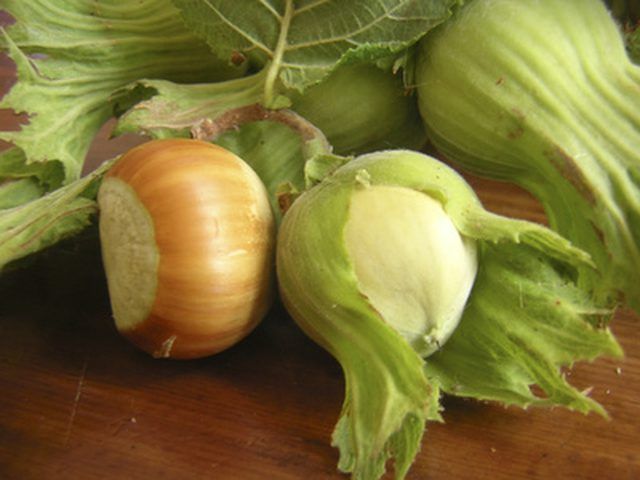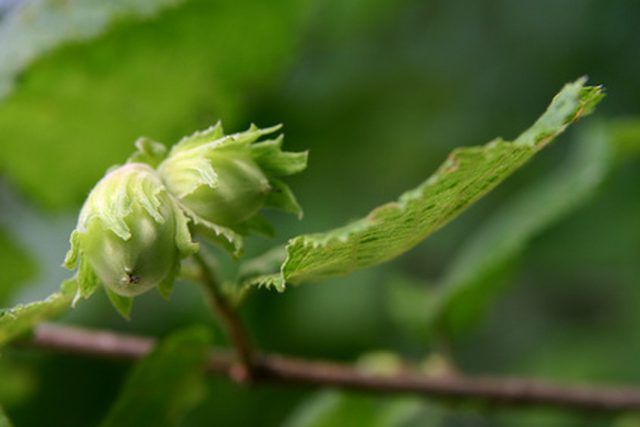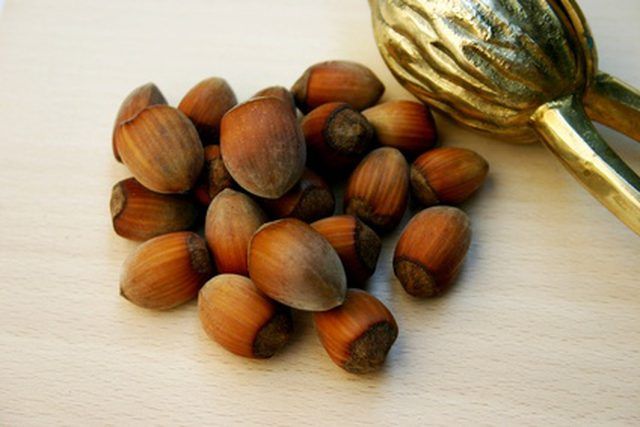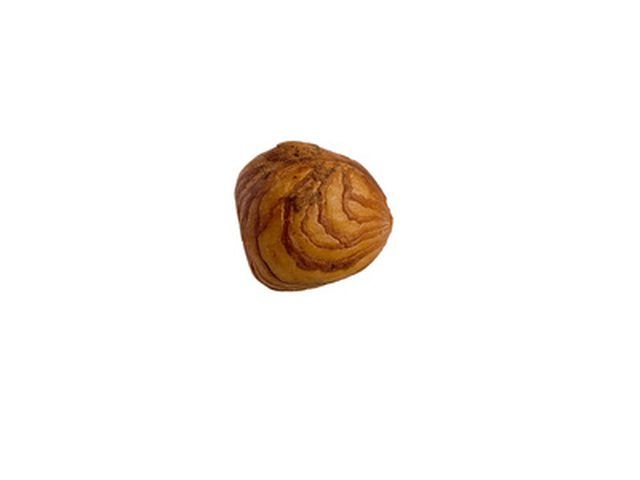Bulbs
Flower Basics
Flower Beds & Specialty Gardens
Flower Garden
Garden Furniture
Garden Gnomes
Garden Seeds
Garden Sheds
Garden Statues
Garden Tools & Supplies
Gardening Basics
Green & Organic
Groundcovers & Vines
Growing Annuals
Growing Basil
Growing Beans
Growing Berries
Growing Blueberries
Growing Cactus
Growing Corn
Growing Cotton
Growing Edibles
Growing Flowers
Growing Garlic
Growing Grapes
Growing Grass
Growing Herbs
Growing Jasmine
Growing Mint
Growing Mushrooms
Orchids
Growing Peanuts
Growing Perennials
Growing Plants
Growing Rosemary
Growing Roses
Growing Strawberries
Growing Sunflowers
Growing Thyme
Growing Tomatoes
Growing Tulips
Growing Vegetables
Herb Basics
Herb Garden
Indoor Growing
Landscaping Basics
Landscaping Patios
Landscaping Plants
Landscaping Shrubs
Landscaping Trees
Landscaping Walks & Pathways
Lawn Basics
Lawn Maintenance
Lawn Mowers
Lawn Ornaments
Lawn Planting
Lawn Tools
Outdoor Growing
Overall Landscape Planning
Pests, Weeds & Problems
Plant Basics
Rock Garden
Rose Garden
Shrubs
Soil
Specialty Gardens
Trees
Vegetable Garden
Yard Maintenance
How to Identify Hazelnuts
How to Identify Hazelnuts. Hazelnuts are a distinctive kind of nut, with a rounded shape and a smoky flavor. They are mostly grown in Turkey and exported around the world. However, in the United States, many hazelnuts come from farmers in Portland, Oregon. You can eat hazelnuts raw, roasted or pureed, and they are used in many desserts including...

Hazelnuts are a distinctive kind of nut, with a rounded shape and a smoky flavor. They are mostly grown in Turkey and exported around the world. However, in the United States, many hazelnuts come from farmers in Portland, Oregon. You can eat hazelnuts raw, roasted or pureed, and they are used in many desserts including biscuits, pastries and chocolates.
Hazelnuts are a good source of protein, E and B Vitamins, earning them the Food and Drug Administration heart healthy seal of approval. Hazelnuts grow on trees in clusters. Whether you are trying to identify a nut on a tree or alone, the nutsí special shape and color should give it away.
Study the tree first. The American Hazel is normally between eight and fifteen feet tall, and it has a spread of five to ten feet. See if these dimensions match. The tree can have many branches that start lower, making it look like a shrub more than a tree.

Check the shape of the leaves. The hazelnut tree has heart-shaped leaves that alternate along the branches. The leaves are paler on the back than the front, with a pointed tip and doubly serrated edges that look like the edge of a bread knife. The leaves are between three to five inches long and two to three inches wide.
Look at the size of the nut. It should be between a half-inch to an inch long, and it should be a little less than a half-inch in diameter. The outer shell is very smooth and has a warm brown color, except at the round base of the nut where it was attached to the husk on the tree. This base is a lighter, tan color and has a slightly rough texture.

Crack the shell open. The easiest way is to place the nut inside a nutcracker and squeeze. If you don't have a nutcracker, use your shoe and a rock to crack the shell on the ground. Hazelnut shells are not thick like walnuts. They are thin and brittle, and they may have sharp edges when broken.
Look at the kernel inside. It should be roughly round, yet lumpy all over. The nutmeat has a thin, brown coating that is also edible. The coating will also have a papery texture and can be scraped off with your fingernail. Underneath the dark brown layer, the kernel is a light tan color and softer. If you press directly into the flesh of the nut with your nail, it should leave a visible mark. It does not have a strong smell, but you may be able to pick up something of its sweet, smoky flavor by sniffing closely.
